“The trend of design toward simplicity and accessibility in software happened for a reason—simple sells, simple’s usable and simple scales.”
— Rand Fishkin, Founder at Moz
There are two parts to creating an app for end-users. Mobile app development is planning, building, testing, and refining of the inner workings of an app. It's using software to create an application that works on a mobile phone or tablet.
Mobile app design is the planning, building, testing, and refining of an app's look and feel. The design process takes into account how a mobile app appeals visually to a user and perhaps more importantly. It inspires an app's use and interaction.
Both components of app creation are critical to successful completion of an app that end-users will use. The goal is to take the latest design trends and color schemes into account in your app UI design
Experienced mobile app developers and designers have honed their skills over years of project work. They understand the proper use of colors and what fonts are easiest to read on small screens. There are a number of seminars and websites that will teach you some basic tenets of mobile app design, here are some helpful starting points:
Alpha Software also offers mobile app design tutorials, examples and advice. Learn More on Mobile App Design or read "What is Mobile App Development?"

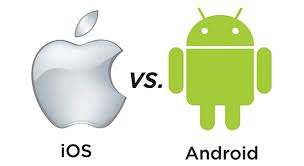
A key decision a mobile app developer must make is whether to develop for the iOS or Android platform. To make the best decision, t's important to know who your app is targeted to.
iOS is better for the affluent, young users in western Europe, Australia, and North America. iOS users tend to be younger, more often female and earn 40% more than Android users. It’s faster, easier, and cheaper to develop for iOS — some estimates put development time at 30–40% longer for Android.
Android can be better for global efforts, as it dominates the Asian, African and Latin America markets. Android are likely to be male and work in technical jobs. Android users are less willing to pay for apps than iOS users. If your apps rely on in-app ads, it's likely not the best platform.
Knowing what approach to take or tool to use for the mobile app development process is an important decision.
Native app development produces very customized apps with strong UI elements for a specific platform. Unfortunately, native development can be slow and expensive. It requires extensive manual coding, the need to integrate with the backend, coding of offline operation, etc.
Native development is a great choice for flagship B2C apps. However, it usually isn't realistic for mobilizing the hundreds of business processes - from finance to sales to inventory management to field services - that companies require in today's mobile world.
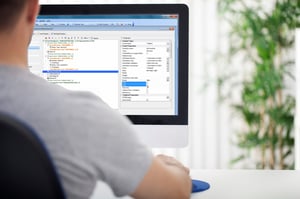
Low code mobile app development is a great choice for B2B apps. Low code development gets apps built faster. It allows a wider group of developers - or even business users - to build mobile apps, and keeps development time and cost down.
Much of the routine coding, such as integration features or offline capabilities, are often built into apps automatically. Design tools are often built into the software. Theses tools often produce cross-platform apps that automatically optimized for both web design and mobile design.
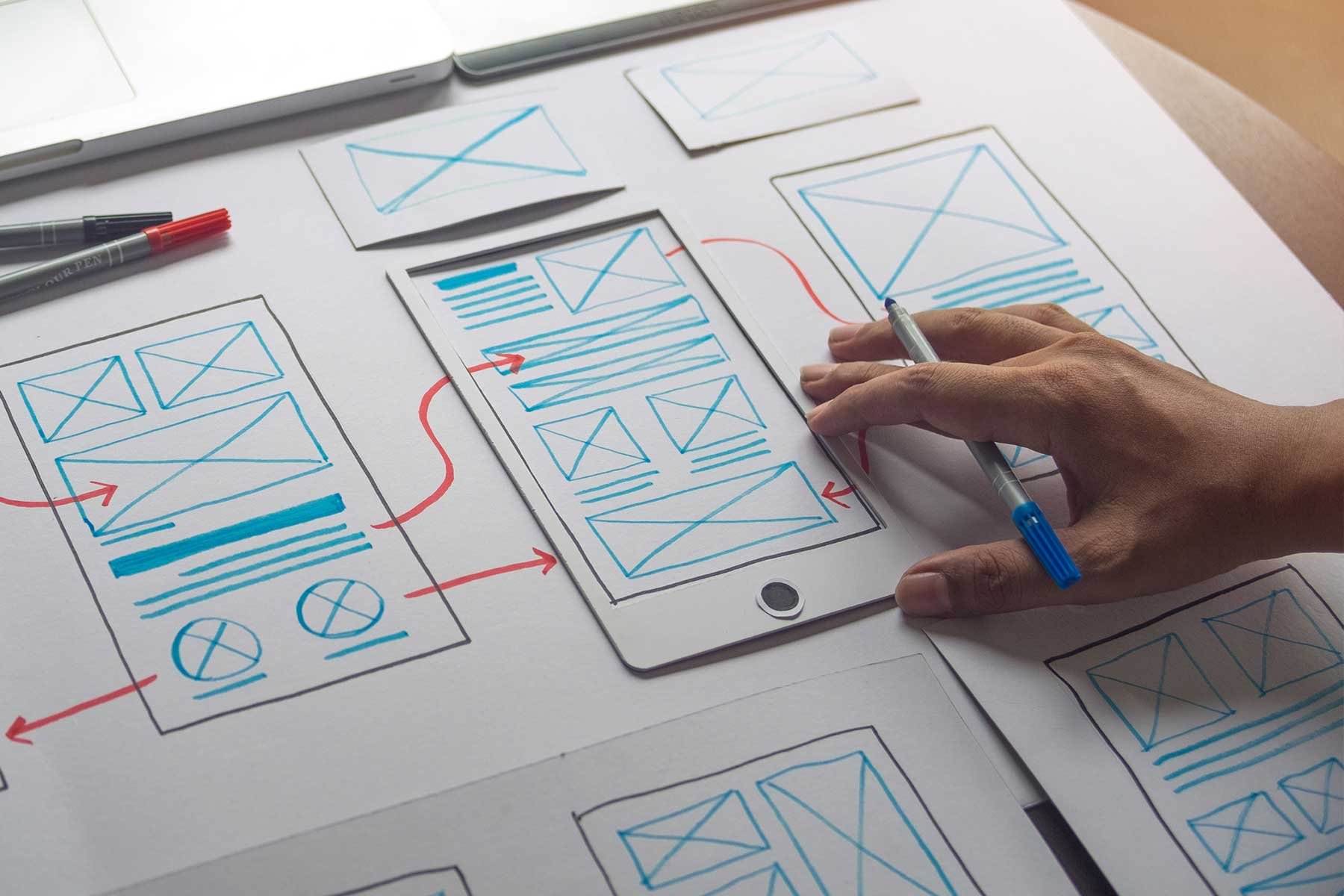
Building an app without input from the end-users who it's being built for can cause real problems. One of the first steps to take when building an app is interviewing stakeholders - from the department manager to the app users. It's critical to invest time understanding how they work and what they need the app to do.
Consider building a couple of simple task-based apps versus a more complex app that users must spend more time navigating.
If you can, get out in the field and see how users actually work. Do they stand or work at desks? Are they capturing data or accessing data? Are they only able to enter data with one hand because their other hand is holding a tool?
Once you have a good idea about exactly what the app must do and what conditions users will be working under, you can create wireframes, or diagrams. Wireframes show the layout for the content of app. They can also offer a "storyboard" for app flow or app UI -- ultimately a mock-up of the user experience design. These visuals can help you plan features you'll include in the app, and discuss capabilities with app stakeholders.
Once you've gathered requirements and produced wireframes to outline your app experience, it's time to prototype your app. Sharing the experience using a working prototype can help you show stakeholders how the app can benefit the business.
This could help you gain additional time to add a new feature or gain wide support for the project. By providing a working app, you could secure additional budget by getting end users or stakeholders excited about the app you're designing. Also, a prototype shows in user testing how the design is succeeding and where it needs work.

In the mobile app design process, user testing is critical to ensure your app is adopted by end users.
Once you've prototyped your app, it's critical to test the UI elements with real users. It's important to pay attention to where new app users may run into trouble or have an issue with the experience design. By watching how users interact with the app, you'll ensure that your final design has an outstanding app UI. You're also moe likely to see higher app adoption with target users.

Users love their smartphone apps. Every day they live in social media apps, shopping apps, delivery apps and more. They love these apps because they are fun and easy to use.
As you build your business apps, think about why these apps work so well and why users rely on them. Apps that pay attention to the fun factor or add gamification tend to be very popular with end-users.
Business apps don't have to be ugly or boring for end-users. Low code development tools may allow you to add colors, branding marks, or design attributes or fonts that appeal to end-users. You can look to incorporate easy to use features, such as buttons or swipes, to speed tasks for end-users.
If you're taking business application mobile, do it right! Incorporate the key features of a smartphone to make life easier for the end users.
Don't make the end-user key in their address, the date or the time. Have the app capture this information automatically using GPS and time/date stamping.
Allow one-click audio recording or photo capture to enhance data collection. Let the user scan bar codes rather than keying-in serial numbers. These features make work easier for users and your app more likely to become a routine business tool.
Some developers benefit from app templates for some inspiration. Here are some examples of user-friendly business apps that adhere to key design guidelines and are optimized for mobile devices. These mobile applications include the latest mobile features. They include UI design for rapid data access, one-handed data entry and fast data capture.
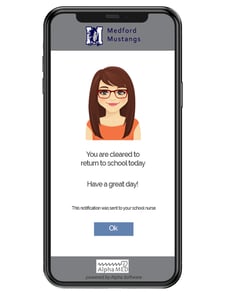
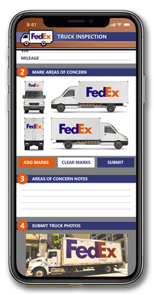
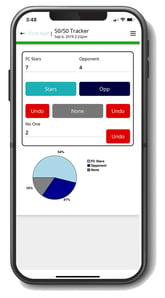
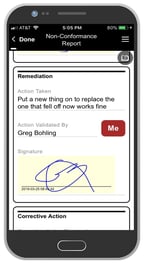
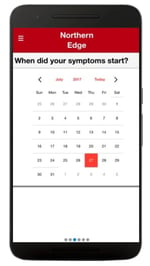
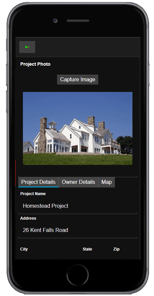
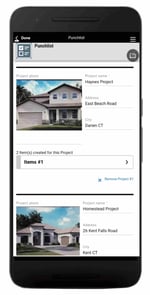
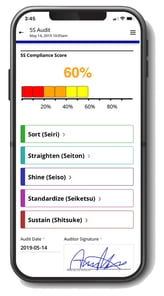
Whether your expertise is in development or design, Alpha Anywhere is the best mobile app design tool for business. And we've made it easier than ever to get started with our new Alpha Anywhere Community Edition. This full featured and FREE development environment to help YOU succeed in the mobile app marketplace. We also have a team of experienced app designers and developers who have produced tutorials on how to build and design a mobile app for free.
The Alpha platform is the only unified mobile and web app development and deployment environment with distinct “no-code” and “low-code” components. Using the Alpha TransForm no-code product, business users and developers can take full advantage of all the capabilities of the smartphone to turn any form into a mobile app in minutes, and power users can add advanced app functionality with Alpha TransForm's built-in programming language. IT developers can use the Alpha Anywhere low-code environment to develop complex web or mobile business apps from scratch, integrate data with existing systems of record and workflows (including data collected via Alpha TransForm), and add additional security or authentication requirements to protect corporate data.
Alpha Software Corporation, based in Massachusetts, produces award-winning software that speeds mobile and web app development and deployment for business and IT. The core technology includes two components. Alpha Anywhere®, a full-stack low-code app development platform for building and deploying web and mobile apps. In just hours, Alpha TransForm® turns complex paper forms into powerful mobile forms that speed data collection.
Alpha Software is an InfoWorld Technology of the Year award winner, and scores near-perfect reviews from customers on crowdsourced review sites.
Customers rate Alpha Software highly for its speed of development, flexibility, offline apps, rich feature set and ability to scale predictably. For more information, visit https://www.alphasoftware.com/